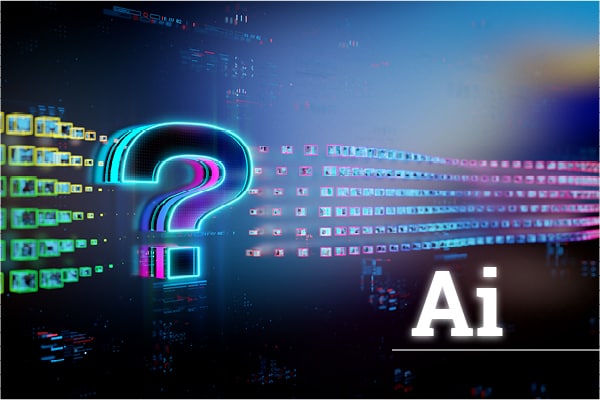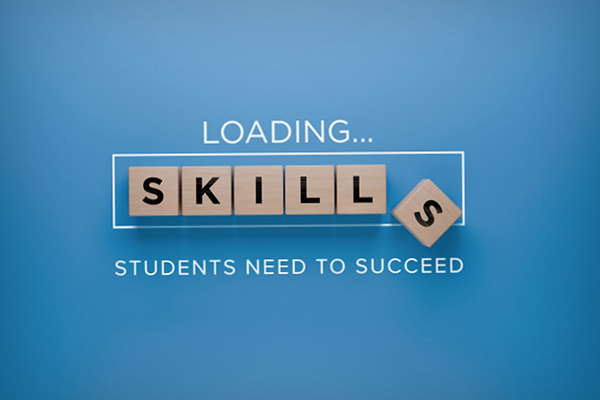A new study from the Michigan Virtual found that K-12 teachers are generally more hesitant, concerned, and feel negatively about using artificial intelligence, while administrators and curriculum designers have more positive views about the technology, according to Education Week.
The study echoes a recent EdWeek Research Center survey that found two-thirds of teachers said they aren’t using AI-powered tools in their classrooms. Among their reasons: not knowing how to use these tools effectively and appropriately and concerns about AI hindering students’ ability to think for themselves and do original work.
Nikolas McGehee, a senior data scientist for Michigan Virtual and the author of the report, talked to Education Week about why K-12 teachers are hesitant to use AI and what districts need to do to prepare teachers to use the technology.
“The biggest surprise for me was that even though the K-12 teachers had the lowest adoption rate of using AI tools for themselves or in the classroom and the lower opinions overall, still, there were a decent amount of them that were using it and that made me really hopeful. What I found and also what other studies have found is that K-12 teachers seem to be the most hesitant to adopt and they have the most concerns with AI technology. A lot of administrators [are like] “yeah, let’s do this!” The teachers are like, “well, you know, we might want to think about it.”
“Teachers are more hesitant because K-12 teachers tended to adopt the technology less. Those who use the technology had more favorable opinions, If you’re not using it and you’re not familiar with what these tools are capable of, then you’re going to have more concerns. Familiarity is one of the keys in resolving a lot of these anxieties.
“We’re all aware of problems like [AI] hallucination. Sometimes, [generative AI tools] will just make up stuff. One of the other concerns is plagiarism and checking if students copy and paste from ChatGPT or other resources. There were also concerns about teacher replacement, but that was a very small issue.
“Teachers mentioned how AI can assist with personalized learning and instruction to quickly develop feedback loops. AI can also cut down on time spent on administrative tasks, like creating lessons, writing emails to parents, or developing a syllabus. When you’re talking about a teacher who works around eight hours a day in the classroom, then grades papers, and then does this, that, or the other, [AI can be] a real game changer for them.
“How can teachers become more comfortable? We have to address the concerns that students will use it as a crutch. We also need to find ways to address responsible and ethical use concerns. Then we need to introduce teachers to these tools and what they’re capable of, and what they’re not capable of, so they have a better understanding of AI.
“There needs to be some purposeful time set aside for people to learn how to use the tools. I’m not talking about an afternoon set aside mandatorily by the district, with somebody up in front of a room of 1,200 teachers quickly running through how to use this new tool. We don’t want our teachers to feel like complete novices navigating this tool. They need to have as much time with it [as possible], so they understand how it’s used before it gets fully implemented as part of their toolkit.
“Any good administrator knows that you listen to your teachers, and if you’re not allowing them to talk openly and freely about these things, then your policy is going to bomb.”.
Education Week





